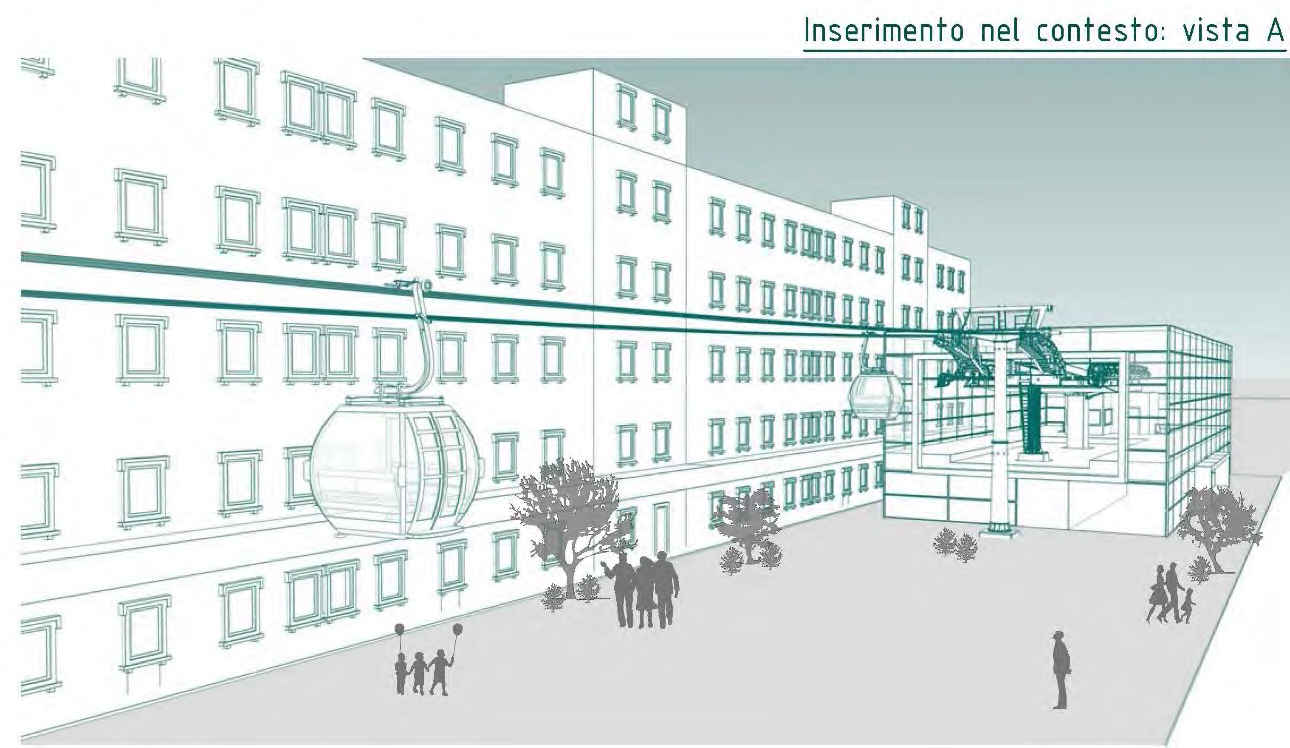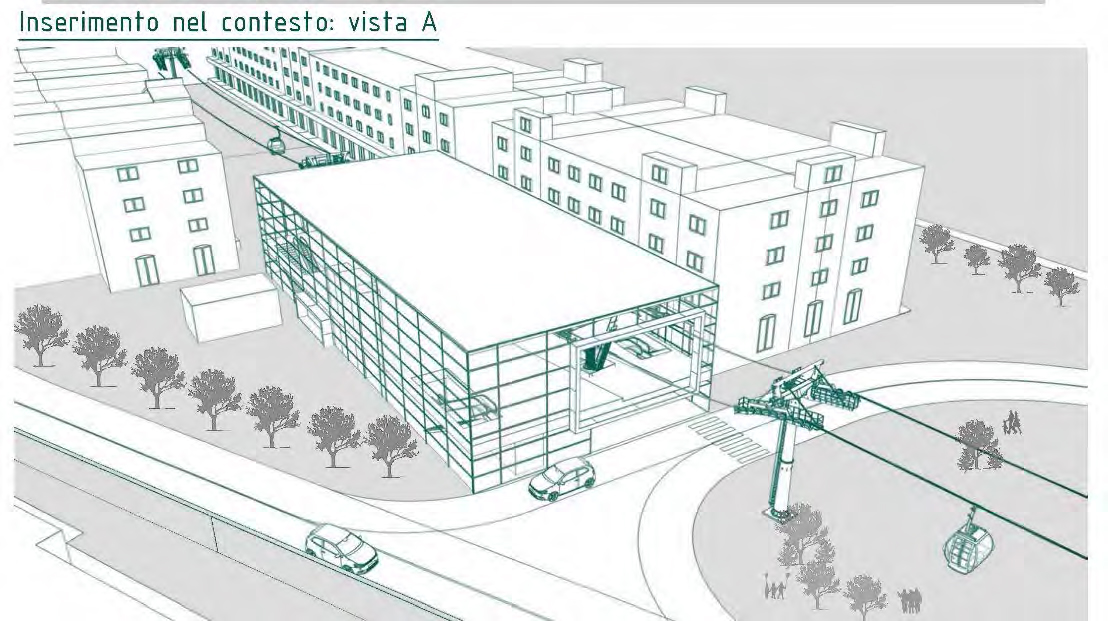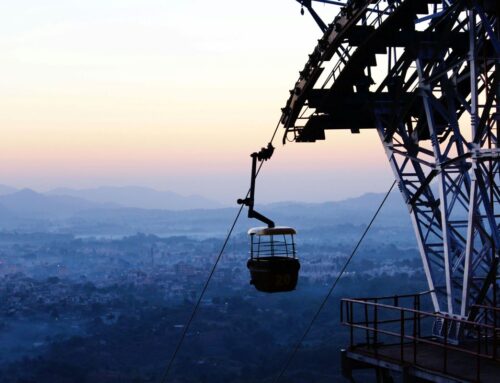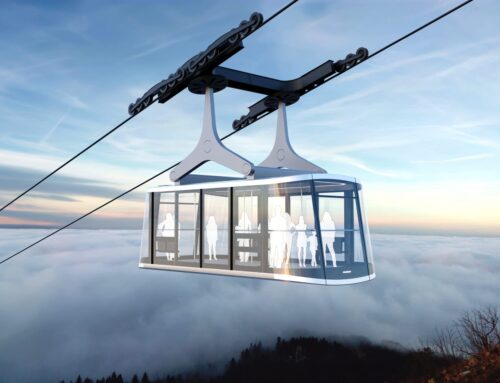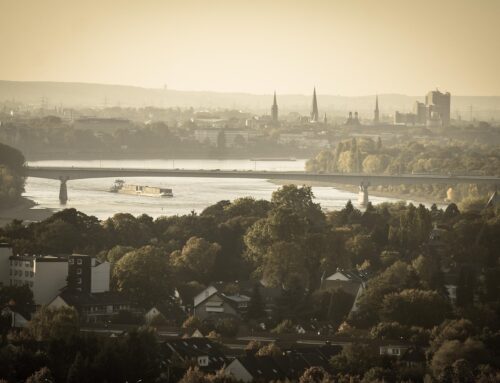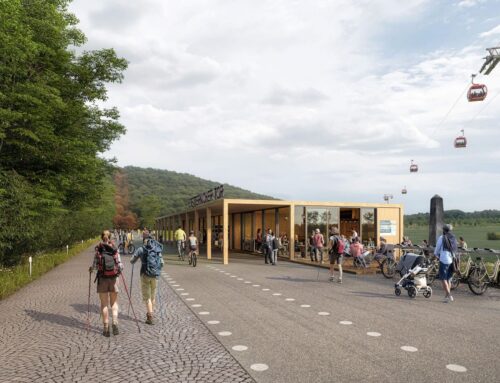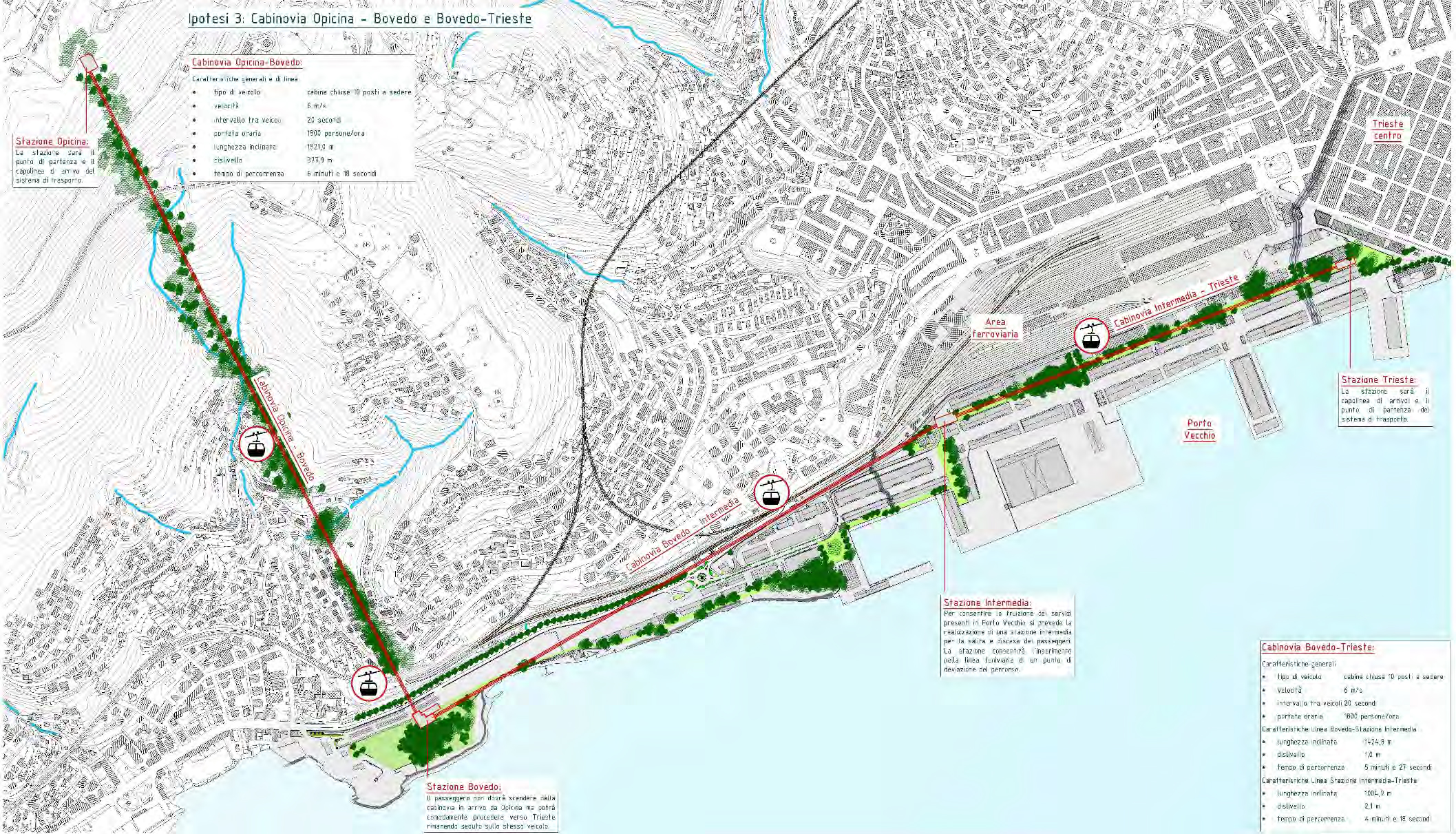
SI-Urban, Tourism
Trieste- Cable Car connecting Mountain and Sea
According to the plans from engineers Monplan, a 10-seater single- cable circulating track will connect the suburb of Opicina on the mountain to the district of Barcola-Bovedo by the sea.
There, the installation will make a 90-degree turn and then runs along the coast to Porto Vecchio station. Nearby facilities include a conference centre, museums and a cruise terminal.
From here, the cable car will run along the wide road between the old port warehouses and end at Pier IV in the centre of Trieste. Other alternatives, such as only one cable car between Opicina and the sea or extending this along the coast by means of a tram, have been rejected.
By contrast, the 4.15-kilometre cable car route chosen offers a continuous connection between the suburb of Opicina and the centre of Trieste with two useful intermediate stations on the Mediterranean coast.
Relieving road congestion
The main aim of the cable car is to relieve car traffic at the northern entrance to the city, says engineer Giulio Bernetti, Director of the department of territory, economy, environment and mobility in the city of Trieste. At the moment, the three main roads are completely overstretched.
As Trieste News reports, Bernetti set out the topographical challenge of private transport in Trieste at a public meeting. According to him, the northern ridge remains a problem:
In recent years, ambitious projects such as a large tunnel have been drafted but are not achievable, for environmental and economic reasons. For a city with “15,000 cars per day at the northern entrance,” of which “10,000 travel into the city centre,” and with generally“increasing traffic,” there is therefore no option other than the cable car.
This could bypass the bottleneck on the coast and on both of the alternative roads.
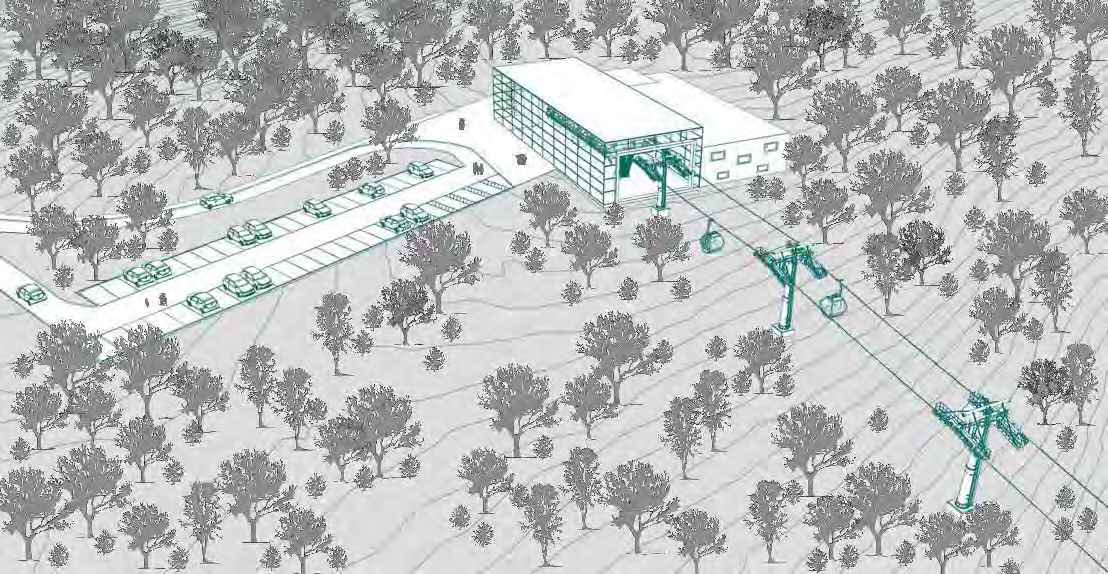
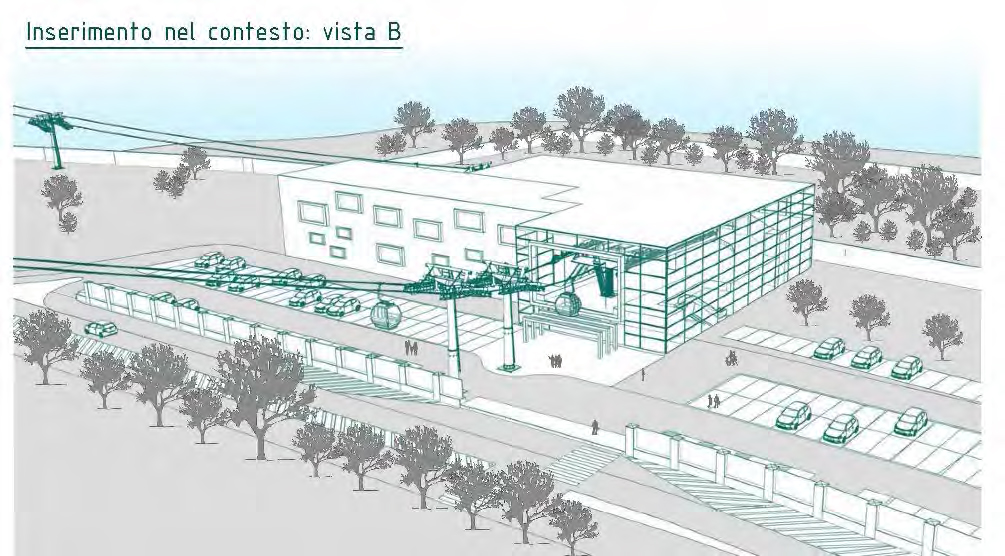
Developing the city
A further advantage of the cable car is the connection to Porto Vecchio. The old port area will be developed into a new district. There are no trafficproblems here at the moment but, according to Bernetti, the growth of the area will inevitably result in an increase in car traffic in Trieste.
The aim of the cable car is not to replace the bus but rather to offer “a change to the local public transport” and to meet “the new demand to and within Porto Vecchio”. For tourism, the cable car could transport coach parties to Opicina and therefore relieve the strain on the hub at Largo Città di Santos.
Cable car
The planned installation would transport 3.6 million passengers per year, which Bernetti believes is anything but impossible, as local bus routes already transport two million passengers per year. In his opinion, the six supports on the ridge will cause no harm to the environment. For the port, landscape architect Andreas Kipar is planning minimalist cable car supports that reflect the style of port cranes or similar structures.
According to Bernetti, the bora wind will not slow down the cable car, which can withstand gusts of 70 to 80 kilometres per hour. No more than 20 days of closures per year are planned for this. However, a further 18 days would be required for maintenance.
Outlook
Monplan engineers estimate the total cost of the project at 46.5 million euros; the media are currently reporting 49 million euros. According to regional councillor Pierpaolo Roberti, the finance could come from the National Reform Programme (NRP).
The city government and transport companies also support the project. However, there is resistance from various parties and organisations, which is why the cable car remains only a preliminary project at present.
